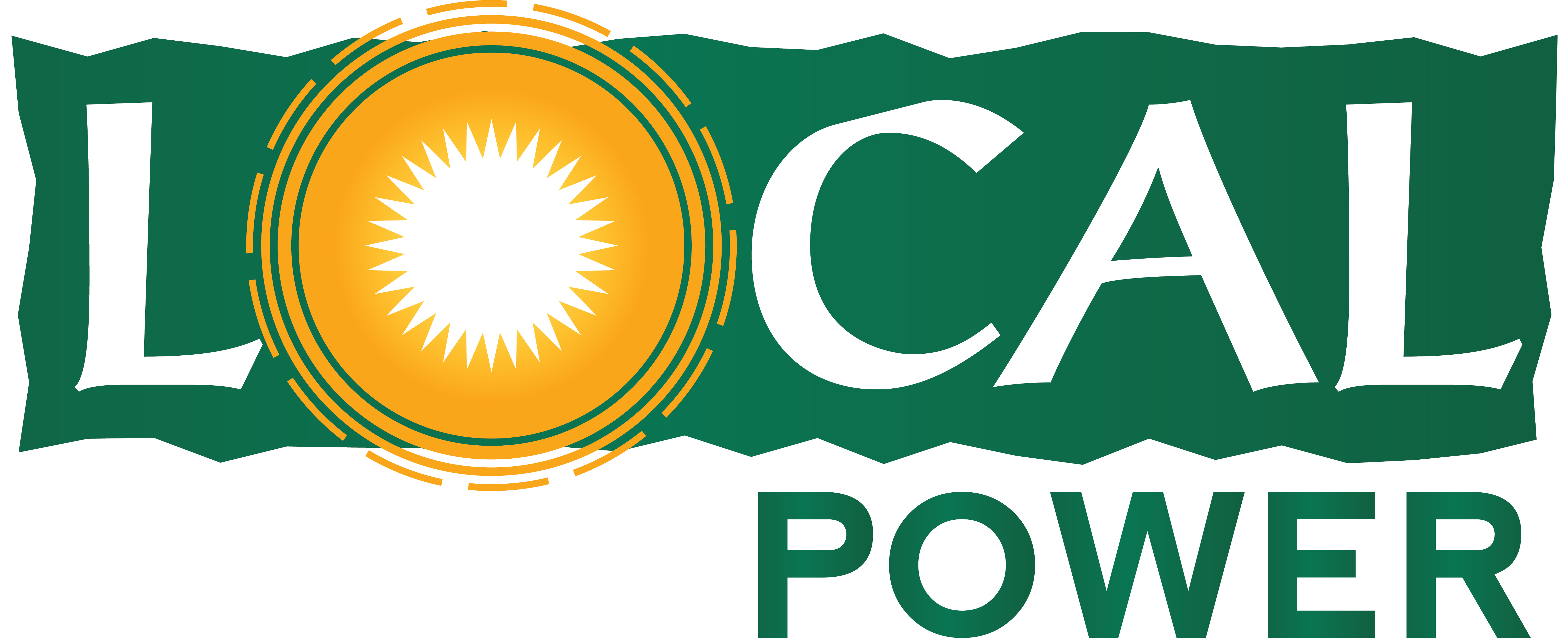Understanding solar panel requirements for your farm or business
Venturing into the world of solar energy brings forth a frequently posed question: “How many solar panels do I require to efficiently power my farm or business?”
The goal: enhancing self-consumption
To derive the most from your investment in solar energy, it’s essential to focus on self-consumption. Why? Because the higher the self-consumption, the better the return on your investment.
For instance, let’s consider a business that consumes 12,000 kWh annually. At first glance, one might think of installing a solar system that generates an equivalent 12,000 kWh every year. However, this isn’t the most efficient approach.
Solar energy generation has a characteristic bell-curve pattern, with production peaking during the summer months. Unless a business receives an equivalent price per kWh for both electricity purchased and exported, installing a system that satisfies its entire electricity demand rarely makes sense. The addition of battery storage and smart technology can bolster self-consumption.

A system sized for self-consumption
The rationale: balancing import and export rates
A crucial factor influencing solar panel requirements is the price difference between electricity import (buying from the grid) and export (selling excess power back to the grid). When your solar system is too large relative to your consumption, you’ll end up exporting a significant portion of the energy generated back to the grid.

An oversized system: With the addition of smart technology will do more to satisfy the electricity load in the winter, but means some exported electricity in the summer
However, this energy is often sold at a lower rate than what you’d pay when buying electricity – as a rule of thumb at present, you can expect the export tariff to be about 50% less than what you’re buying your electricity in at. Hence, by ensuring a high self-consumption rate, you can maximise savings and enhance paybacks.
Other considerations
Daily Load Profile and System Design: The usage of electricity across the day should be considered. For example, on a dairy farm where the electricity has a double peak (morning and evening), there is a strong argument to orientate the system east and west. This will result in a lower overall generation compared to a south-facing system but will result in a significantly higher rate of self-consumption. If a premises has the majority of its use at nighttime, then the addition of solar PV should only be made in the context of battery or smart technology which allows the premises to benefit from the self-generated electricity at night (depending on the amount of battery required, such a route may be cost prohibitive and should be considered on a case by case basis.
Futureproofing installation: More and more homes, farms and businesses are transitioning from fossil fuels to electric vehicles, heat pumps and other electrically powered technology. This should be considered when designing your system to ensure that it is ready for the demands of the future.
Grants and tax incentives: Grants and tax incentives can alter the paybacks calculations when designing a system and should be considered when deciding on final system size.
System design: As simple as it can be, and no simpler
On the face of it, system design is simple- optimise self-consumption, optimise paybacks. However, it can be seen there are a number of factors which come into play:
- The annual energy consumption of the business.
- The orientation of the roof, which affects solar panel efficiency.
- Daily Load Profile of the premises.
- Futureproofing the installation
- Available grants and tax incentives that can make the installation more cost-effective.
This is a non-exhaustive list and each farm or business will have unique needs that should be taken into account when designing their system.
If you are interested in understanding more about the solar requirements for your business, get in touch today!


